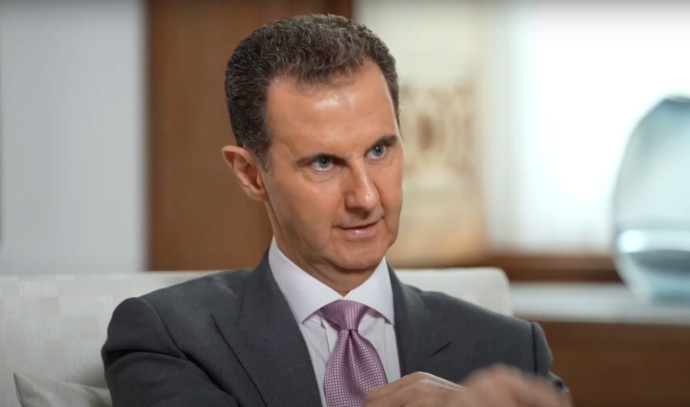Clashes in Syria’s Daraa Governorate on Sunday resulted in the deaths of at least 20 individuals, according to the UK-based Syrian Observatory for Human Rights war monitor. The clashes took place following a previous day’s explosion that claimed the lives of at least seven children. Experts believe that these clashes could lead to a broader escalation that may impact Syrian President Bashar Assad’s level of control over the territory.
The Daraa Governorate is in southwest Syria, bordering Jordan to the south and Israel to the west. It is also the birthplace of the 2011 uprising against President Assad, which later led to the beginning of the civil war that devastated the country. The province was returned to Assad’s control in 2018 under a Russian-backed cease-fire agreement. However, Daraa has seen unrest ever since.
“This incident underscores the ongoing security chaos in Daraa, the most significant since the Syrian government forces regained control of the area in 2018,” Haian Dukhan, a lecturer in politics and international relations at Teesside University, told The Media Line.
He explained that the groups involved in the clashes are led by individuals with past affiliations to notable entities. One group is led by Mohsen Al-Haymid, previously associated with ISIS and now reportedly working for the Damascus government’s military intelligence. The opposing group is led by Ahmad Jamal Al-Labbad, known as “Al-Shabt,” who formerly worked for the State Security branch, he noted.
According to Dukhan, the situation in Daraa is “emblematic of the broader challenges facing Syria, where localized conflicts, driven by a mix of historical grievances, economic conditions, and political aspirations, persist despite the central government’s efforts to assert control.”
Among the clashing militias, the presence of figures with past affiliations to ISIS and state security forces underscores the complex web of allegiances that define the Syrian conflict landscape, Dukhan noted.
“This complexity, coupled with the tragic impact on civilians, highlights the enduring human cost of the conflict and the difficult path toward lasting peace in the region,” he continued.
Ongoing unrest
The ongoing unrest in Daraa can be attributed to two main reasons, according to Hadi (not his real name), a Syrian humanitarian worker.
The first reason, he told The Media Line, is that the Syrian government might be trying to weaken the opposition to exert full control of the Daraa Governorate. The second, he continued, has to do with drug traffic flowing from Syria into Jordan. “The active role of drug dealers concentrated in the area that has a border with Jordan is one of the reasons for the ongoing conflict,” he said.
Understanding the governorate’s strategic importance is key to understanding the continued unrest in the region, Dukhan explained. “Daraa’s location near the Jordanian border and its role as a conduit for goods and people make it a strategic prize,” he added.
In addition, the presence of such a variety of factions with differing goals and external backers further complicates the security landscape.
Dukhan said that while the Daraa Governorate has officially been under the Syrian government’s control since 2018, many groups in the area have negotiated settlements that allow for a degree of local autonomy, leading to tensions.
“Syria’s protracted conflict has devastated the economy, exacerbating local grievances and fueling unrest,” Dukhan noted, adding that the current clashes have the potential to escalate further, which could also result in the undermining of President Assad’s control of the region. However, this depends on several factors, asserted Dukhan.
The first factor is related to external intervention. “The involvement of foreign backers can escalate conflicts. Russia’s presence, through the Eighth Brigade, suggests a complex interplay of local and foreign interests,” Dukhan said.
Furthermore, whether there is a broader escalation depends on the Syrian government’s response, too. Dukhan believes that a heavy-handed or militarized response could further inflame tensions.
Lastly, he noted that the broader regional dynamics could, to a certain extent, determine the level of escalation. “Daraa’s proximity to Jordan and Israel adds a layer of regional politics that could also escalate the conflict,” he cautioned.
Jordan is often used as a corridor for drug trafficking that originated in Syria and is directed to the Gulf countries. Amman has expressed discontent over the issue, leading to conflict along the border.







